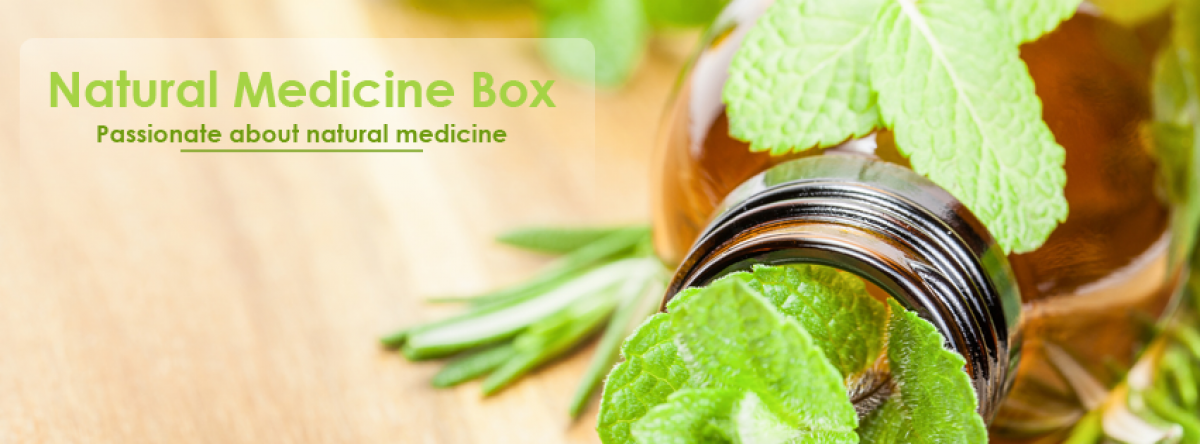Avocados won’t make you fat!
The heyday of food-fat-phobia is over. If you’re still avoiding avocados because of some misguided, left-over-from-the-80’s belief that avocados will make you fat, you’re barking up the wrong tree. You’re also missing out on an excellent source of monounsaturated fat – the good fat also found in olive oil – that helps boost heart health.
What’s more, those good fat and fiber-rich avocados can also help curb hunger. Studies indicate that meals which include avocado tend to increase feelings of satiety for longer than those without, so consider adding a few avocado slices to your daily diet to help tame between-meal munchies.
An avocado is a creamy, delicious, nutrient-bomb.
As with many superfoods, it’s what’s inside that counts, and avocados are a nutritional goldmine. What’s inside? In addition to “good” monounsaturated fat, avocados pack plenty of health-boosting nutrients to help your body thrive. Underneath the tough green exterior lies over 14 minerals; protein, complete, with all 18 essential amino acids; soluble fiber, to trap excess cholesterol and send it out of the system; phytosterols; polyphenols; carotenoids; omega 3s; vitamins B-complex, C, E and K, to name a few.
They do amazing things for your long-term health.
OK, so avocados are packed with nutrition, but what does it all mean in practical terms? It means a belly that feels fuller longer; a brain that’s being well-supplied with the nutrients needed to function optimally now and down the road; and a body that’s receiving the nutrition it needs to help protect it from heart disease, diabetes, cancer, degenerative eye and brain diseases.
What’s more, all those nutrients, good fats and fiber in avocados can help naturally lower LDL and raise your good HDL cholesterol, help regulate blood sugar and tamp down inflammation throughout the body and brain. With benefits like these, it’s easy to see why it’s called a superfood.
Avocados play well with others.
With their distinct fresh green flavor and creamy (dairy-free!) texture, avocados play well with lots of the other foods on your plate. What’s truly remarkable though is that the research indicates that avocados can help with the absorption of carotinoids, the compounds found in orange and red fruits and veggies that can help protect against cancer. So while they may seem a bit indulgent, avocados could turn out to be lifesavers. Here few ways to dig in:
- Add a quarter of an “avo” to your morning shake
- Enjoy an avocado half as a nutritious side dish with your morning eggs instead of potatoes or toast.
- Spread a few avo slices on toasted paleo bread for a quick pre-workout or mid-day snack.
- Add a half an avo to your lunchtime salad to keep you full till dinner — and hold the mayo!
- Add as a delicious “mix-in” for quinoa, beans or wild rice.
- Top hot or cold soups with chunks of avo to add fiber and “super-size” the nutrients in your bowl.
- Blend with lemon juice, water, vinegar, spices and whip into a nutritious creamy salad dressing or blend in a touch more liquid and drizzle the zesty sauce over chicken and fish dishes.
- Top burgers, egg dishes, chicken or fish with avo slices, or mash into guacamole.
- Blend up your own super-nutritious home-made baby food by combining avocado with fruits and veggies to get little ones off to a healthy start.
How to Select and Store
A ripe, ready-to-eat avocado is slightly soft but should have no dark sunken spots or cracks. If the avocado has a slight neck, rather than being rounded on top, it may have ripened a bit more on the tree and have a richer flavor. A firmer, less mature fruit can be ripened at home and may be less likely to have bruises, depending on how it was handled during harvest and transport. The average California Hass avocado weighs between 165-170 grams (about 6 ounces) and has a pebbled dark green or black skin. Other varieties can have different textures (for example, smoother and less pebbly), different colors (for example, lighter or brighter greens), and varying degrees of glossiness.
A firm avocado will ripen in a paper bag or in a fruit basket at room temperature within a few days. As the fruit ripens, the skin will turn darker. However, we do not recommend relying exclusively on color to determine the ripeness of an avocado. Hold the avocado very gently in your palm and begin to press very gently against its surface. A ripe avocado will yield to very gentle pressure, without feeling squishy. Avocados should not be refrigerated until they are ripe. Once ripe, they can be kept refrigerated for up to a week. If you are refrigerating a whole avocado, it is best to keep it whole and not slice it in order to avoid browning that occurs when the flesh is exposed to air.
If you have used a portion of a ripe avocado, it is best to store the remainder in the refrigerator. Store in a sealed and reusable glass container or sealed and reusable plastic container. Sprinkling the exposed surface(s) with lemon juice will help to prevent the browning that can occur when the flesh comes in contact with oxygen in the air.
Tips for Preparing and Cooking
Tips for Preparing Avocados
Use a stainless steel knife to cut the avocado in half lengthwise. Gently twist the two halves in opposite direction if you find the flesh clinging to the pit. Remove the pit, either with a spoon or by spearing with the tip of a knife. Next, take each of the avocado halves and slice lengthwise to produce four avocado quarters. The use the California Avocado Commission’s “nick and peel” method to peel the avocado. Just take your thumb and index finger to grip an edge of the avocado skin and peel it away from the flesh, in exactly the same way that you would peel a banana. The final result will be a peeled avocado that contains most of that dark green outermost flesh that is richest in carotenoid antioxidants.
You can prevent the natural darkening of the avocado flesh that occurs with exposure to air by sprinkling with a little lemon juice or vinegar.
The Healthiest Way of Cooking Avocados
Many avocado recipes that you’ll find in cookbooks and on the Internet include avocado as an ingredient in its raw, unheated form. In the World’s Healthiest Foods recipes, we also favor this approach. We simply cannot think of a better way to preserve the health benefits made possible by avocado’s unique fats. If you do plan to use avocado in a recipe that calls for heat, we recommend that you use the lowest possible temperature and least amount of cooking time that will still work with your particular recipe. Our purpose in making this recommendation is to help you minimize damage to avocado’s unique fats. We’ve seen one research study showing that approximately 40 seconds of microwave heating on medium heat is a heating method that doesn’t significantly change the fatty acid profile of avocados. Sometimes we like to add avocado to a dish that has been cooked. This is a similar approach to some traditional Mexican recipes. For example, in Mexico they add sliced avocado to chicken soup after it is cooked. The avocado warms and mingles well with the soup but retains its nutritional concentration since it is not cooked.
More from whfoods.com
If you want more tips check out avocadocentral.com
Source:
mindbodygreen.com
avocadocentral.com
whfoods.com



.
https://www.facebook.com/pages/Healthy-Lifestyle/1431117630537493?fref=ts